
Phew. It’s been a real 2025, if you catch our drift.
By this time next week, we’ll be on break. Get some rest, and we’ll see you all again in January!
Discoveries in the Physics & Astronomy shop | Science, curiosities, and surprises

Phew. It’s been a real 2025, if you catch our drift.
By this time next week, we’ll be on break. Get some rest, and we’ll see you all again in January!
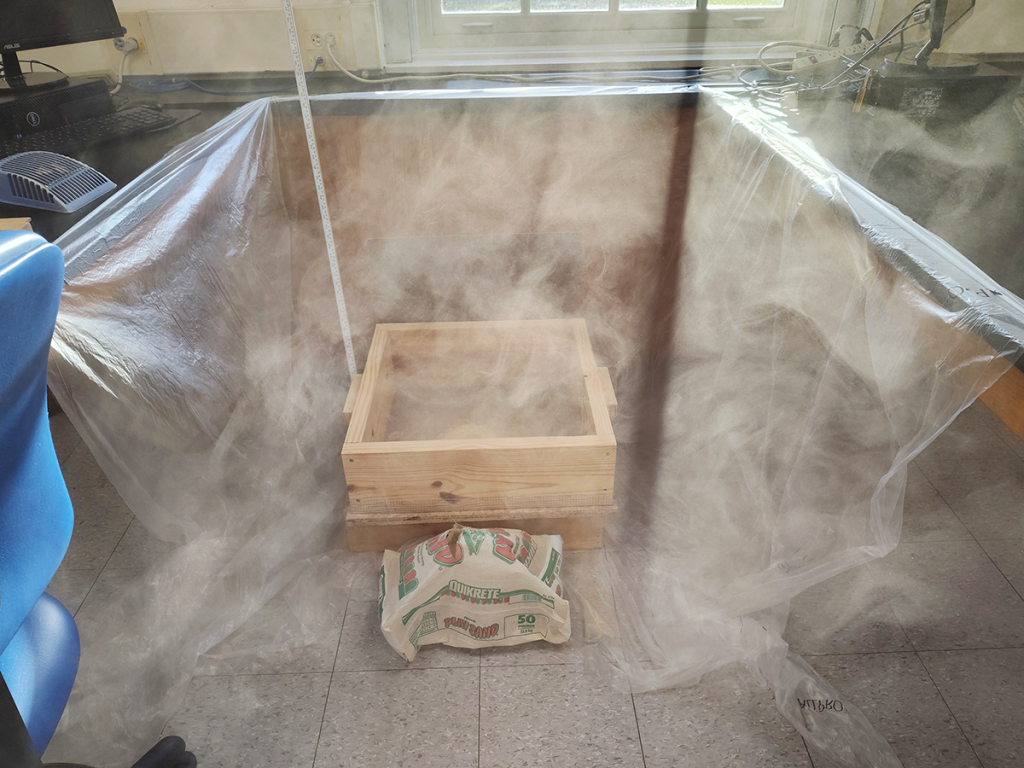
Ah, the annual astronomy craters lab. Lots of sand, lots of color powder, a handful of marbles and ball bearings and slingshots. And a mess that’s really something to behold.
It’s definitely a “don’t wear your good clothes” sort of lab session.
And an “all hands on deck” cleanup effort.

There are times when you just can’t find the right tool for the job. So you take the closest candidate, shape it to size, and get to work.
3mm allen keys run about thirty cents apiece. Just remember to toss a few in the shopping cart next time.
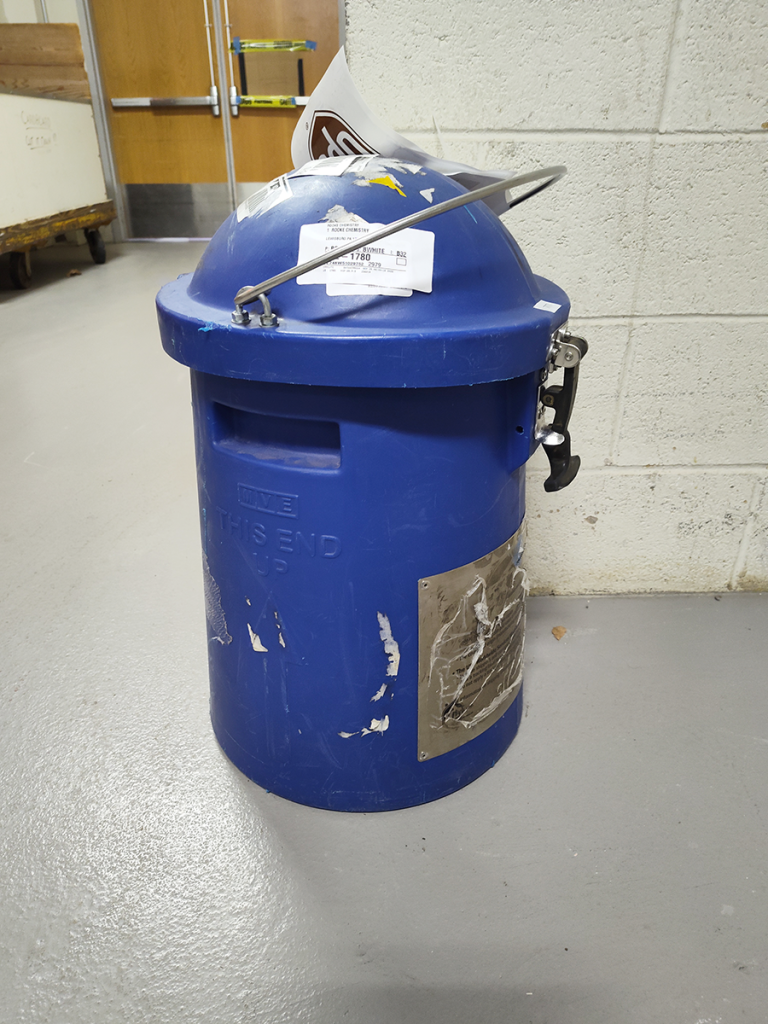
Is that a Dalek in the loading dock, cleverly disguised as tiny TARDIS?
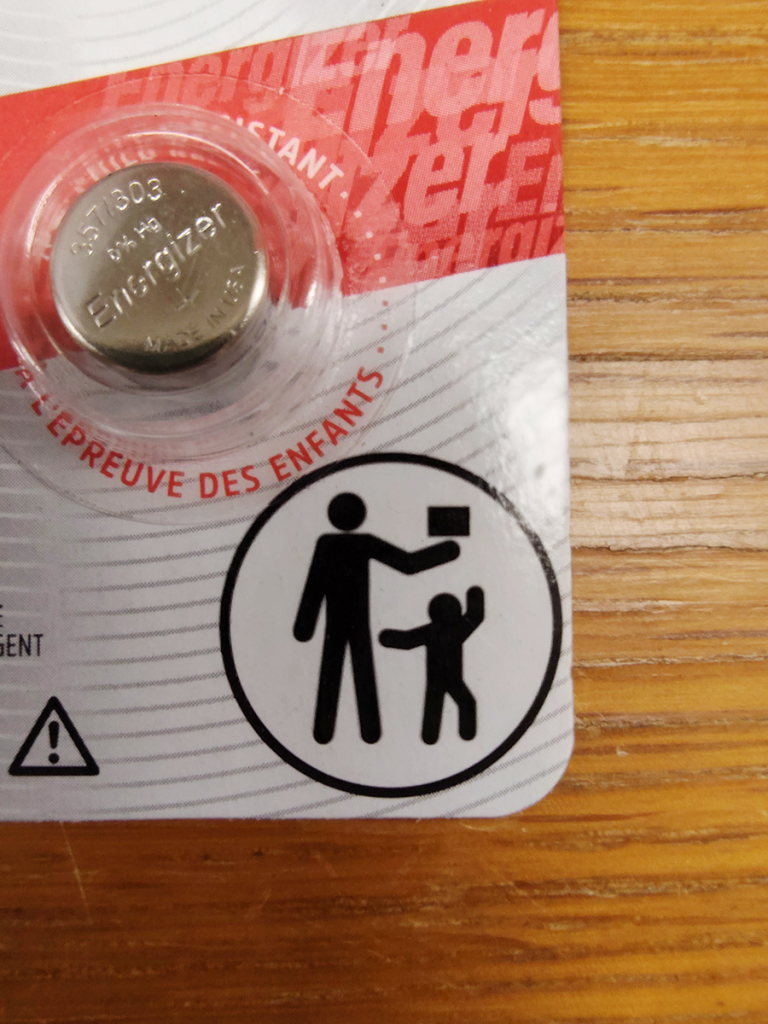
The stick figure logo is clearly intended to convey the idea of “keep out of reach of children,” but the vibe is definitely “play keepaway with children.”
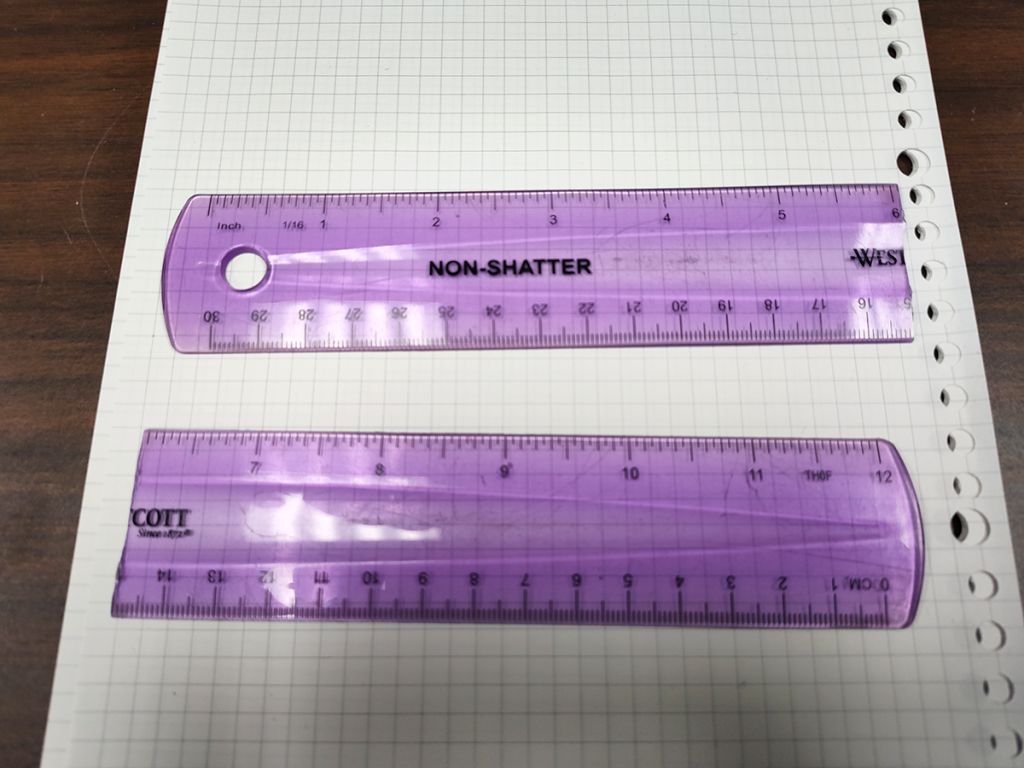
It wasn’t unbreakable, but didn’t claim to be. Definitely didn’t shatter.
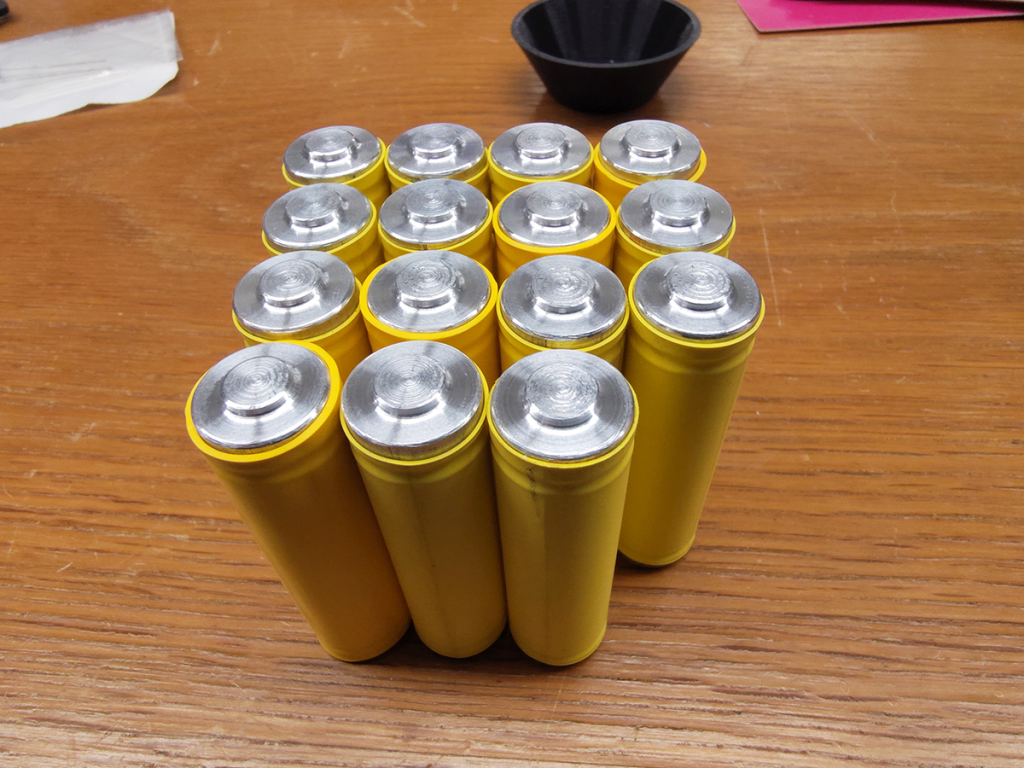
What to do when a battery-powered device would function better with fewer batteries? In our case, a dead-simple DC motor that gives better results when operating at 4.5 V instead of 6 V – but the holder that completes the circuit is sized for four AA batteries.
The answer: a battery-shaped slug of aluminum, which happily conducts current, fits in the place of a functional battery, and has some adorable bright-yellow heat-shrink tubing to stand out! Mostly because bright colors are easier to identify when you drop something on the floor. Round things have a habit of rolling off of surfaces at inopportune times.

There are many tools for communicating new ideas, including candy. Boxes upon boxes of candy intended for consumption in other countries, apparently.
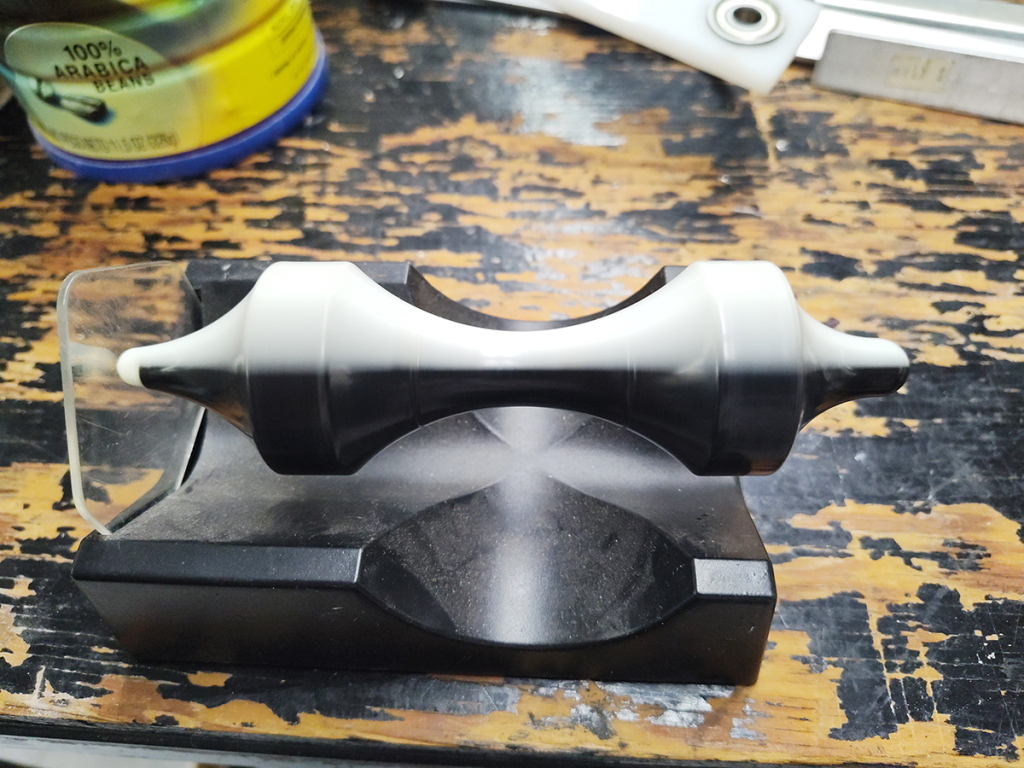
Ah, physics. Where we have an eclectic assortment of desk toys and mostly-useless gimmicky trinkets because their very nature, the quirks of physics they embody, are helpful explainers of scientific principles.
And while their appeal is typically short-lived – how many times before the levitating magnet loses its novelty? – that ooh! factor only needs to work the first time.
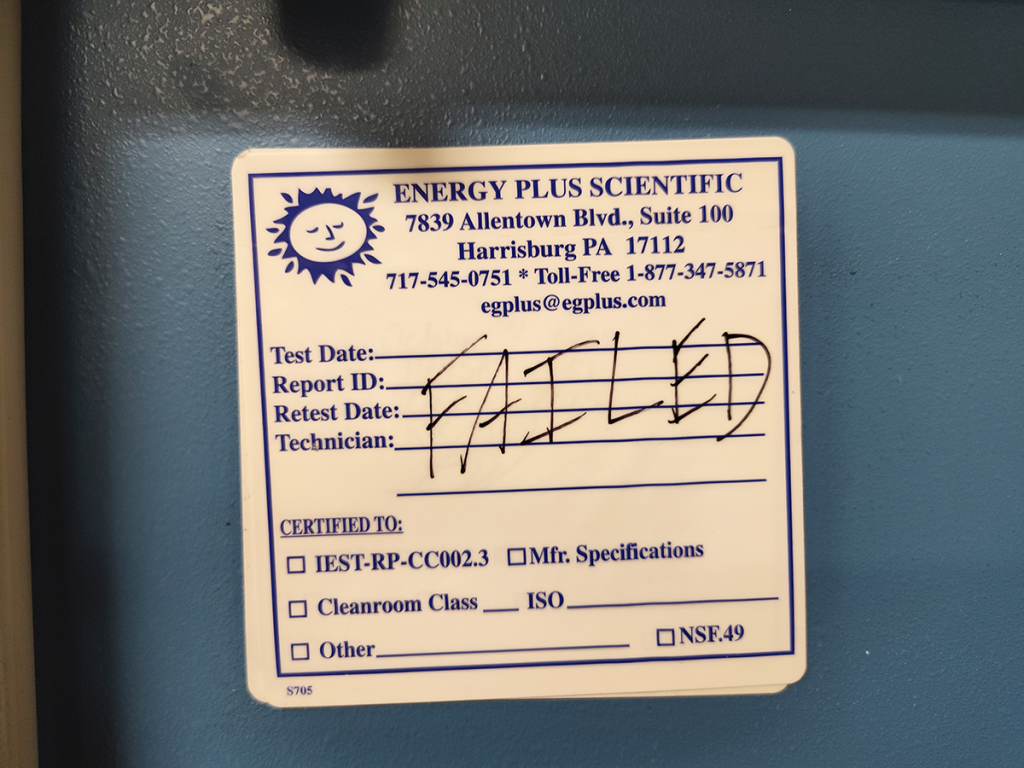
Look, it’s old, doesn’t work, and isn’t worth the cost and effort to repair. We’re assuming, of course, unsure who deposited it in the loading dock, and curious where it – or its constituent parts – is headed next.
At least it’s amusing?